Are you choosing between acrylic and porcelain bathtubs for an upcoming remodel? Both porcelain and acrylic bathtubs have benefits and drawbacks. It is essential to consider the differences in construction, weight, heat retention, cost, durability, maintenance and other factors. By looking at our acrylic vs porcelain tub comparison, you can make an informed decision.
Construction
These tubs are made of cast iron or stamped steel that has been covered with a layer of porcelain enamel. Porcelain is made by heating powdered glass and fusing it into a thin substrate. When the powered glass melted, it formed a tough covering that acts as a finish for the tub.
Acrylic tubs are made mostly of vacuum-formed acrylic sheets. To increase durability, these sheets are frequently bonded with fiberglass. Because the material is soft and pliable, it may be moulded into a wide range of tub shapes and sizes.
Weight
Acrylic weighs less than porcelain. As a result, an acrylic tub will be more adaptable in terms of installation and positioning. Because acrylic is lightweight, it is easier to work with. This implies that the market now offers a far broader selection of shapes and sizes.
However, the added weight of porcelain limits the shapes and sizes available. It is more difficult to install if the shape and dimensions do not fit adequately in your bathroom's tub area.
Heat Retention
Acrylic tubs retain heat more effectively. Acrylic tubs are made of reinforced fiberglass, which forms a continuous bond with no other material in the way.
Porcelain tubs, on the other hand, are made up of layers of porcelain coating on top of an iron or metal base. The separation of the coating and structural material will allow heat to escape considerably more quickly. However, some porcelain baths include foam insulation, which aids in heat retention.
Cost
Acrylic bathtubs are among the most cost-effective bathtub alternatives on the market. Their affordable price point makes them appealing to homeowners and maintains them in high demand. Though they are more expensive than other fiberglass tubs, they are still quite inexpensive when compared to other bathtub materials such as porcelain, cast-iron, or steel.
Porcelain tubs are often more expensive than acrylic bathtubs due to their base material and the nature of their manufacturing. They may also want a bit more maintenance to prevent them from being dull.
In general, Acrylic bathtubs are less expensive than porcelain bathtubs. Aside from the purchase price, porcelain tubs are more expensive to install and maintain. Because of the nature of the material, acrylic tubs are less expensive and easier to maintain and install.
Durability
Porcelain tubs would appear to be more durable due to their considerably harder surface. When compared to porcelain, acrylic is a significantly more durable substance. Although porcelain tubs have a much tougher surface and are more resistant to scratches than acrylic tubs, the harder surface is far more prone to cracking and chipping from large impacts.
Maintenance/Clean
The maintenance of porcelain and acrylic is actually fairly similar. To avoid damage, each of these materials must be well cleaned.
Acrylic bathtubs can be cleaned using a commercial cleaner, but porcelain bathtubs cannot. Porcelain tubs have a more solid surface, which makes them more resistant to scratches but more prone to cracks and damage from hard impacts. Porcelain tubs cannot be cleaned using abrasive cleansers or anything that could damage the surface, such as scouring powder, steel wool, or vinegar. You must gently scrub the stained portions of a porcelain tub using a solution of ammonia, baking soda, and warm water in order to remove them.
Acrylic, on the other hand, is considerably easier to clean because a combination of hot water, baking soda, or a little detergent is sufficient to remove most stains. Fill the tub halfway with vinegar and hot water, soak for 15 minutes, then drain and clean with baking soda.
Keep in mind that if proper maintenance is not taken, either material will deteriorate with time.
Restoration
While an acrylic tub is easier to restore, both acrylic and porcelain tubs can be restored. A refining kit can be used to fix damage to an acrylic bathtub.
Acrylic tub restoration typically entails reapplying a coating to the surface in order to erase many of the initial imperfections.
For porcelain bathtubs, cleaning kits are available in-store for a do-it-yourself bathtub restoration process. In many circumstances, however, it is necessary to call a professional to restore a porcelain tub.
Popularity
Porcelain baths and acrylic bathtubs are both very popular. As a result, both will have a high resell value. Acrylic bathtubs blend well with any color scheme and look wonderful in a modern bathroom.
Porcelain bathtubs used to be more expensive to resell because of their classic appearance and feel. Today, however, both of these materials are popular.
Jump into this. There are the best acrylic bathtubs to choose from
In the end, which is the better material?
The primary distinction between porcelain and acrylic bathtubs is their weight. Porcelain has a harder substance than acrylic and has a more scratch-resistant surface. Acrylic bathtubs are lightweight and feature a strong fiberglass foundation. While this surface is long-lasting and resilient, it is easily damaged by strong products and cleaners.
Overall, Acrylic bathtubs are far more versatile than porcelain bathtubs. It is undoubtedly more durable, has higher heat retention, and is far more versatile in terms of design and aesthetics. Both materials require similar maintenance and repair, and acrylic is often less expensive than porcelain, so unless you are obsessed with the classic aesthetic, acrylic is the better choice for your bathroom.



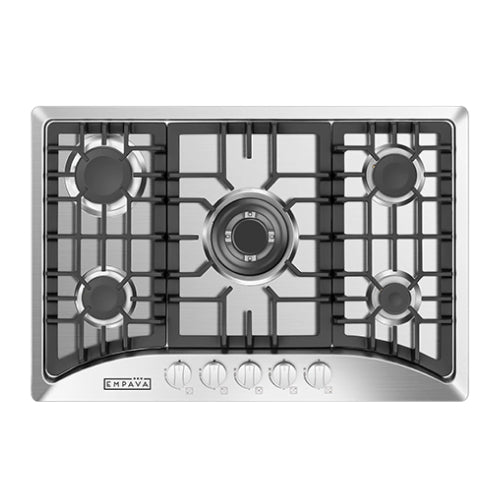
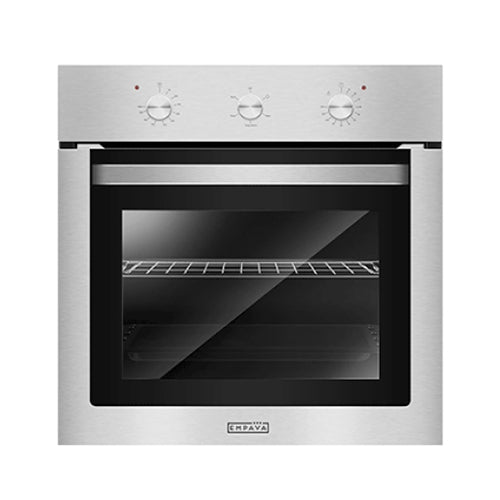
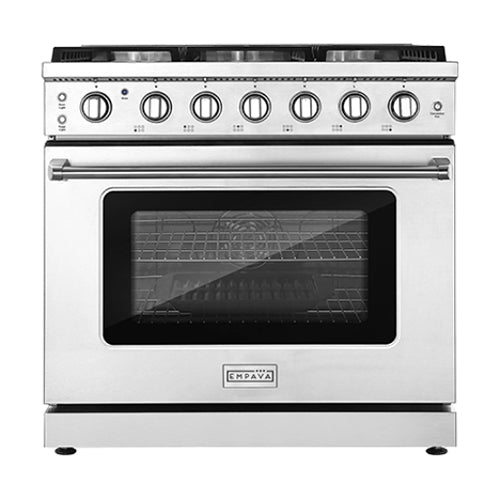
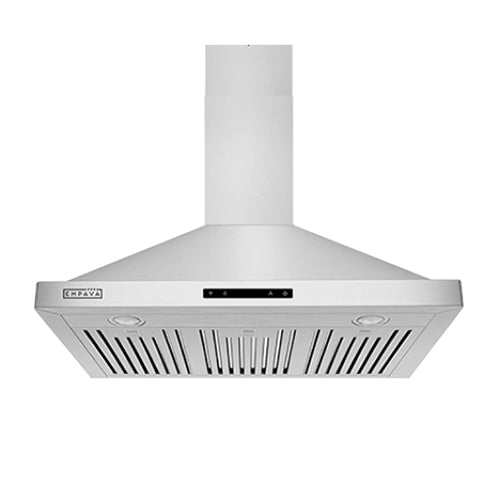

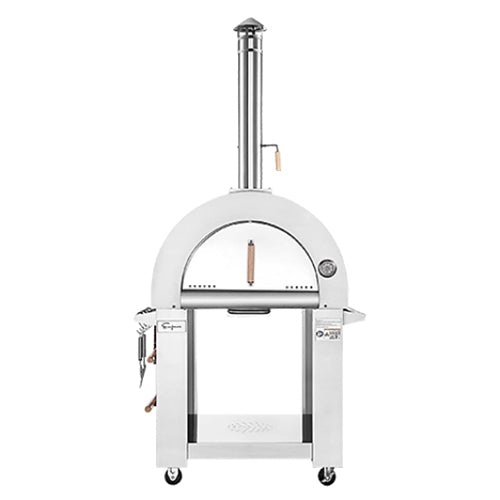
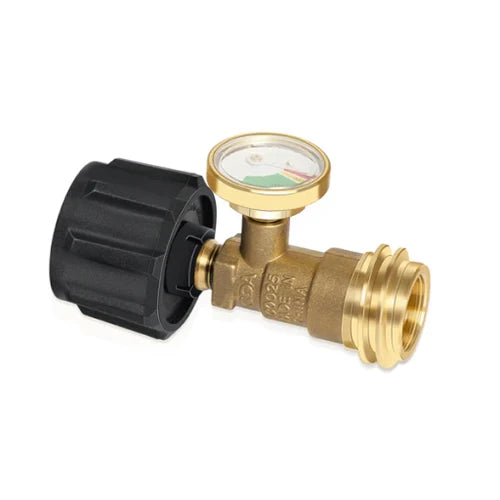
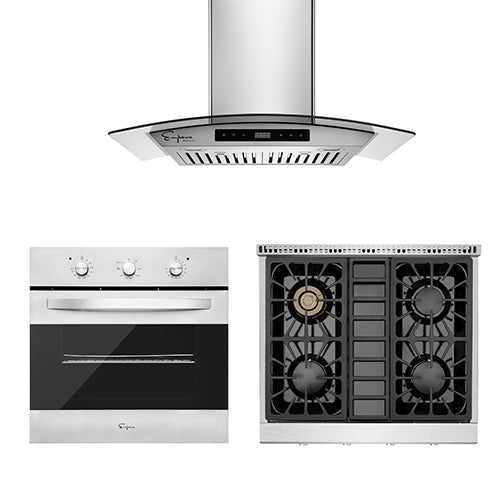
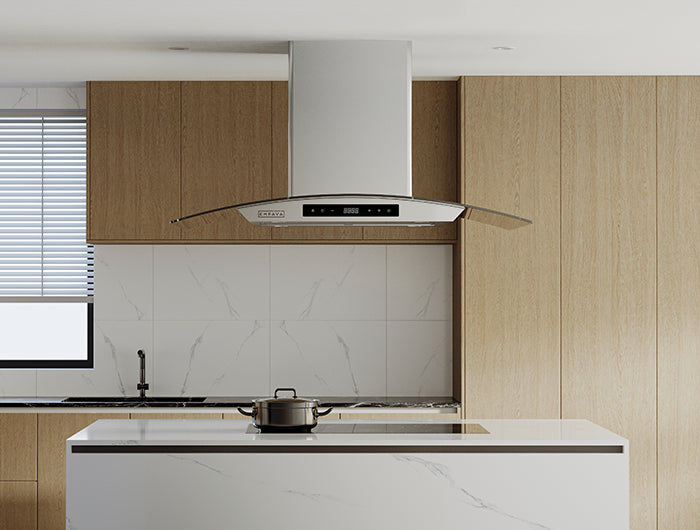



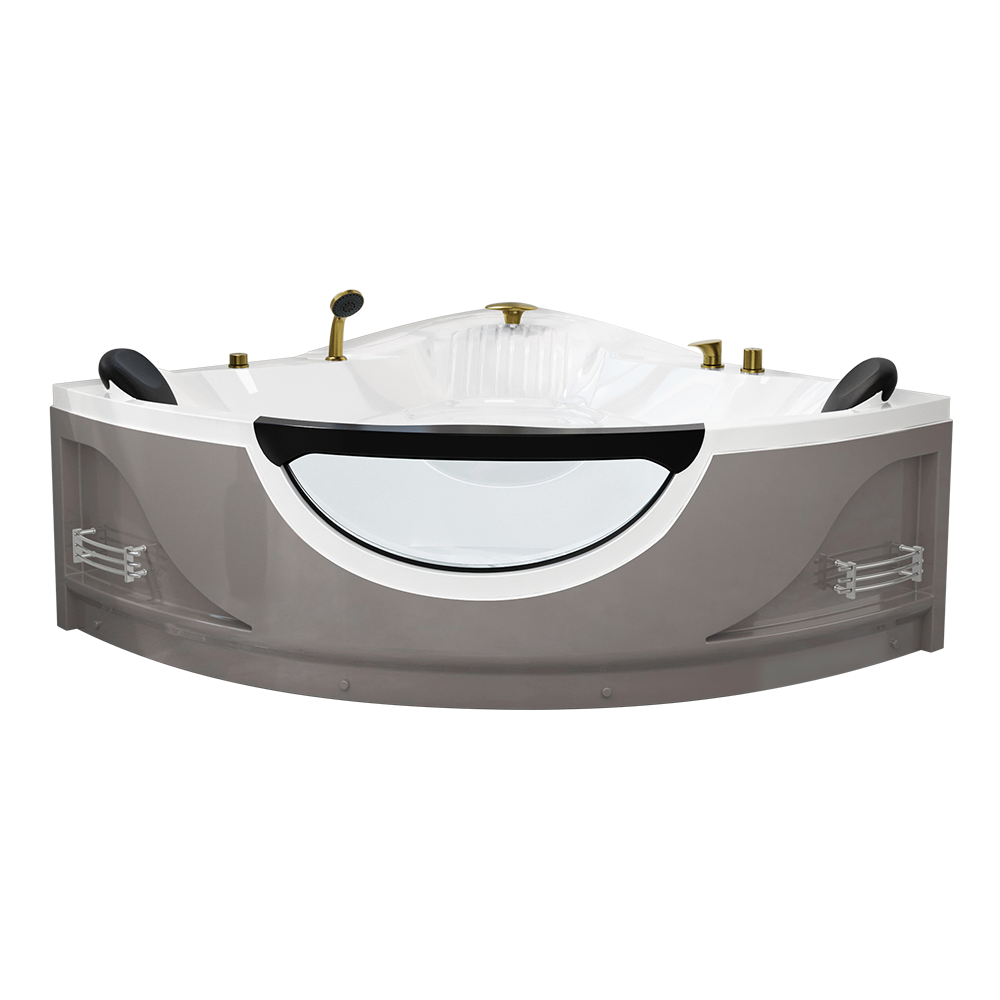
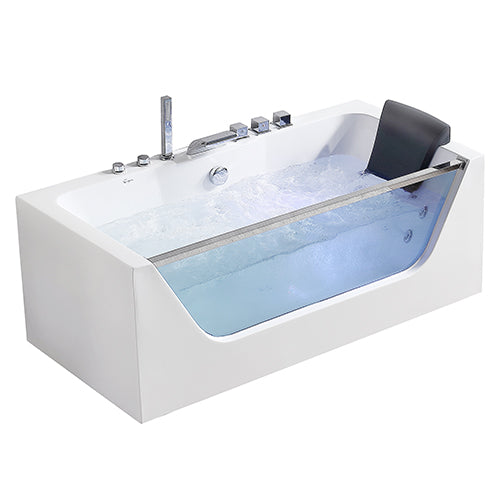

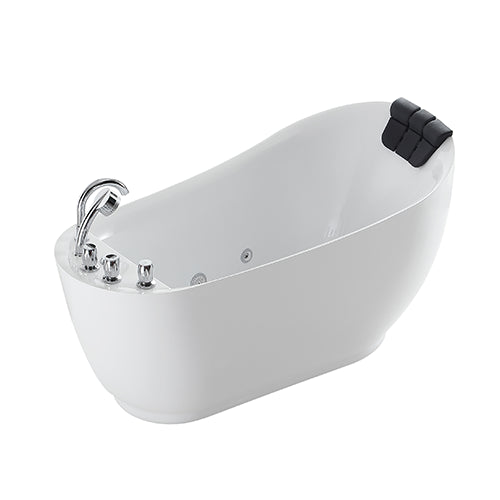
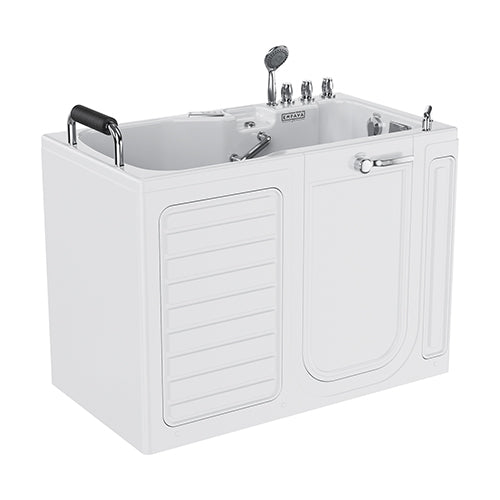
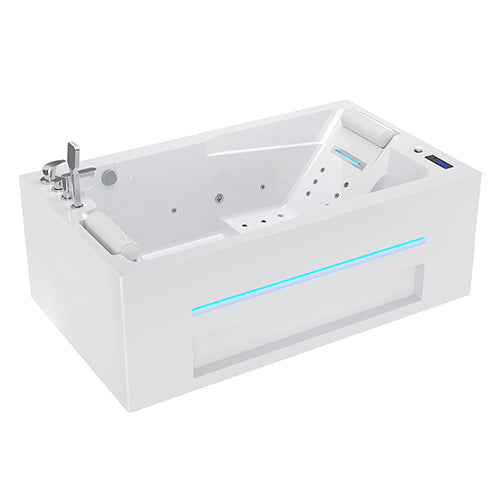

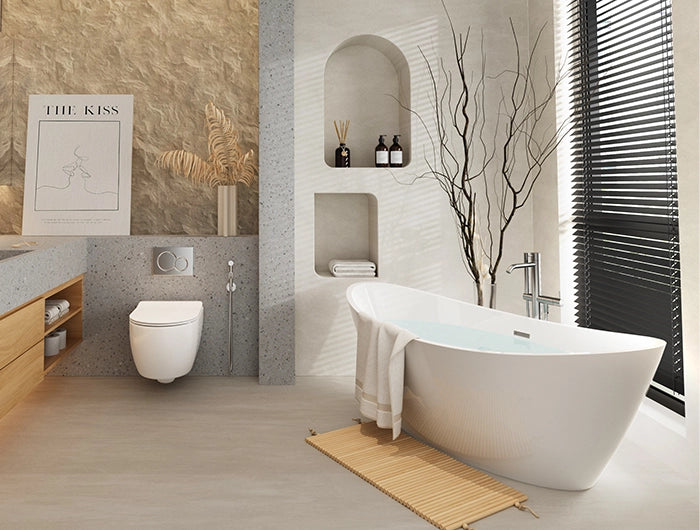








 LOG IN | Create
LOG IN | Create
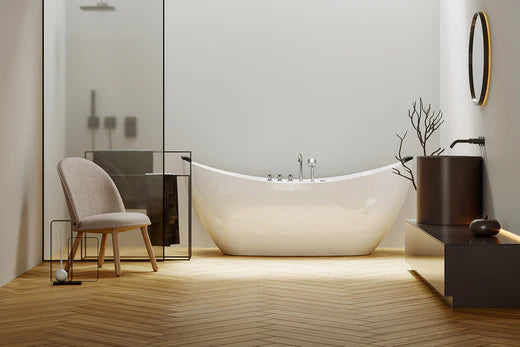


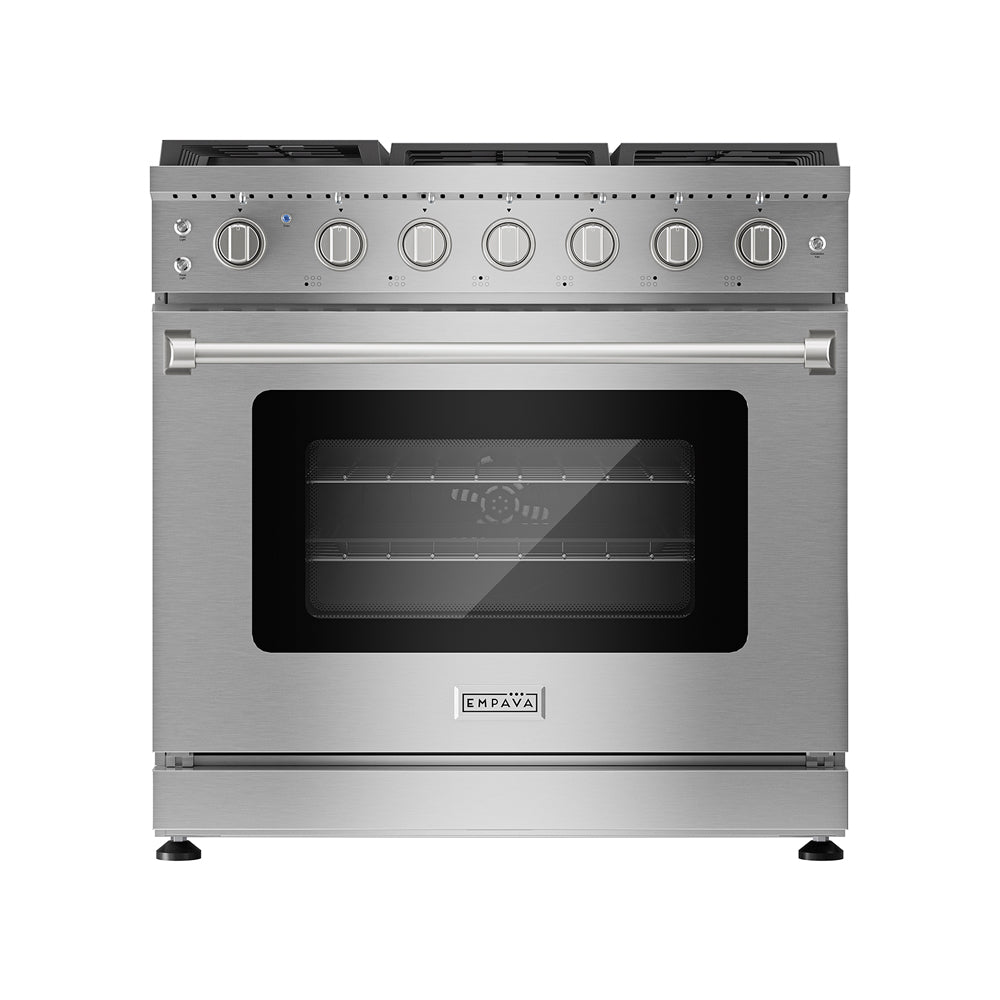


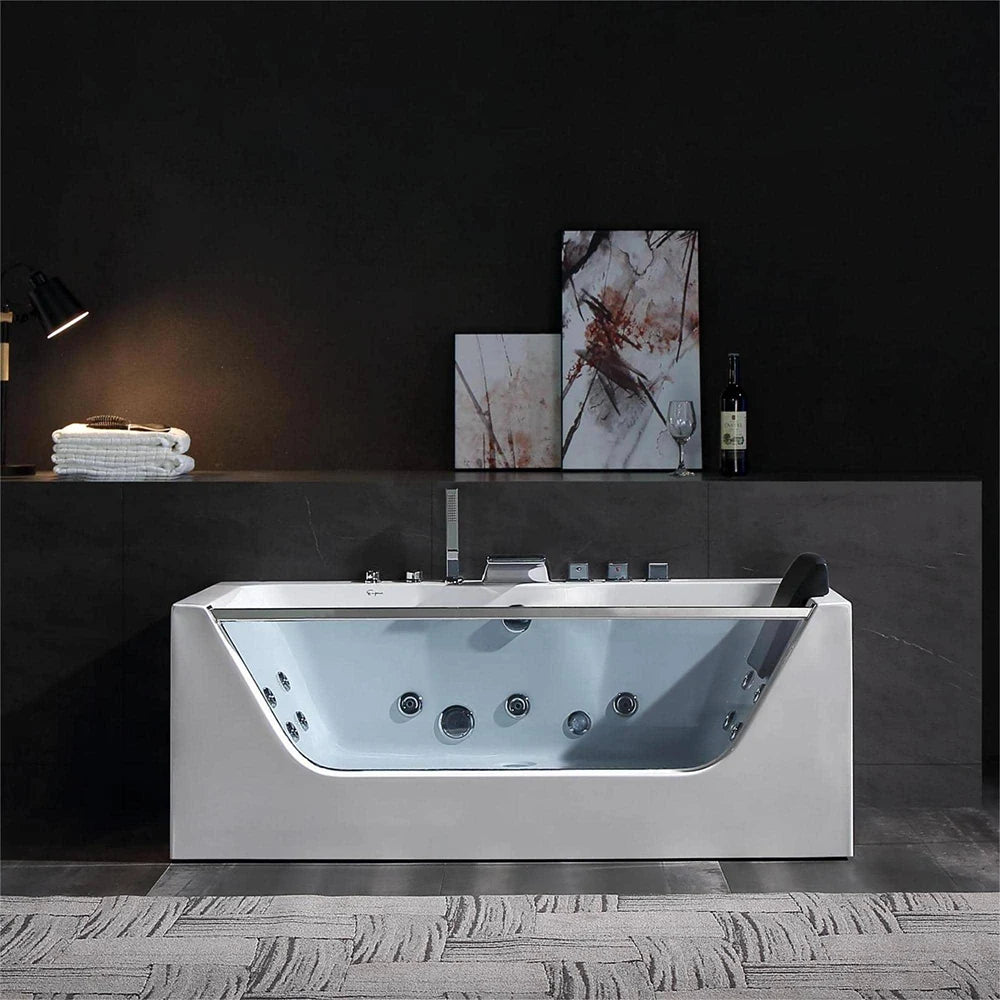
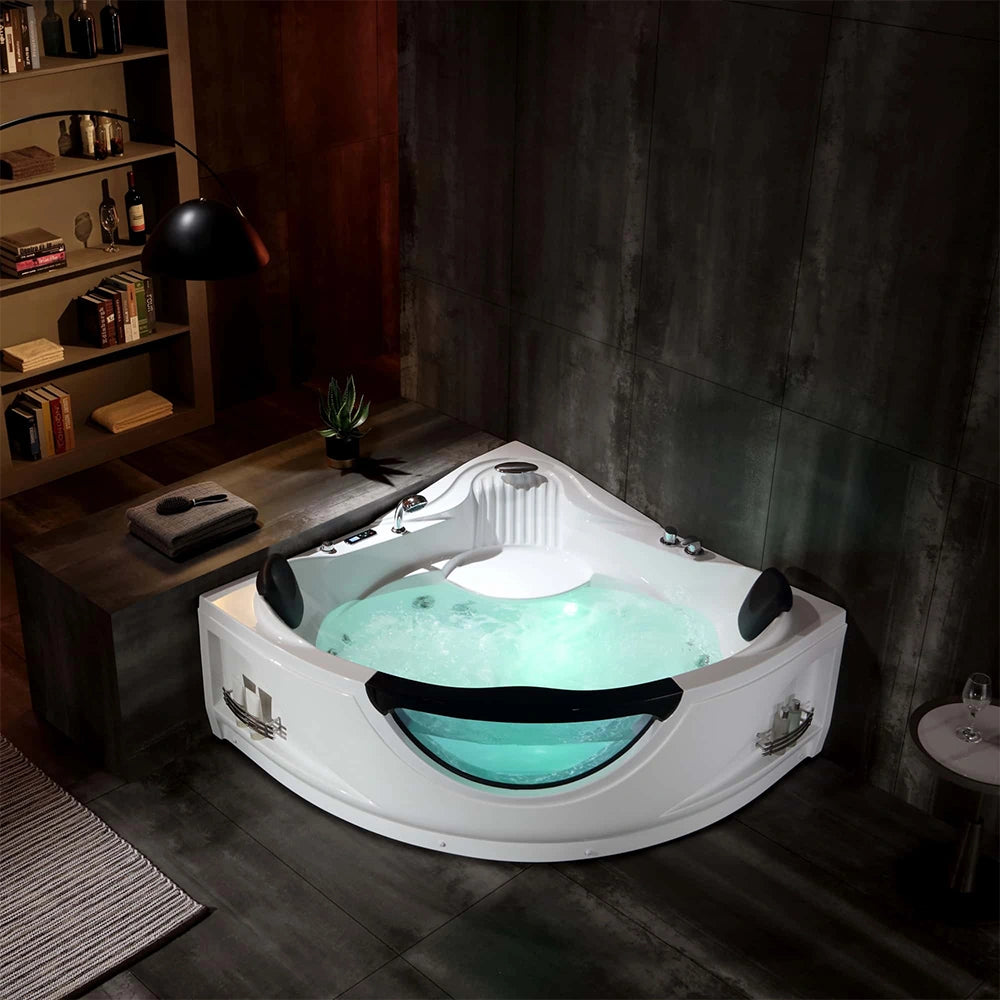
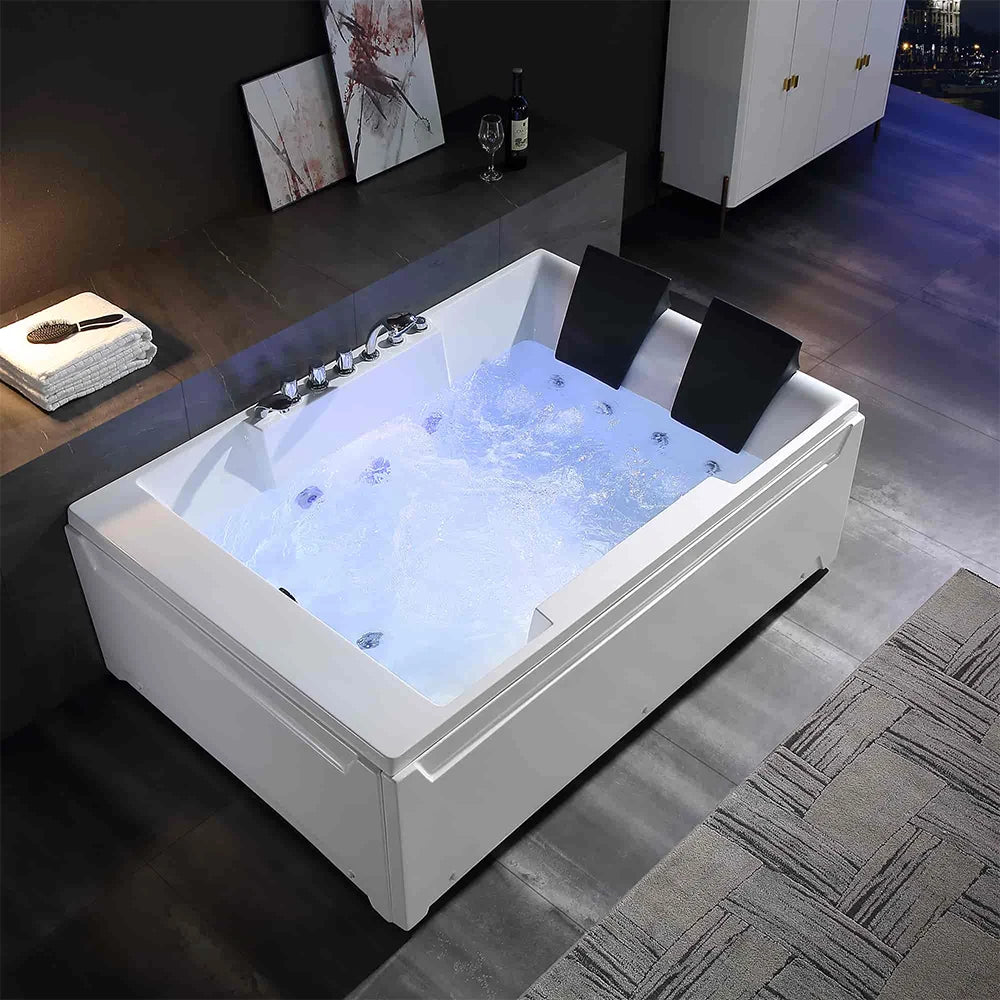



 added to cart
added to cart
 Select A Custom Kitchen Tool Set
Select A Custom Kitchen Tool Set